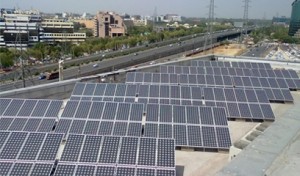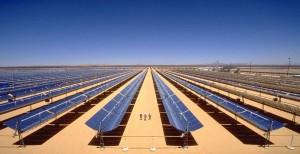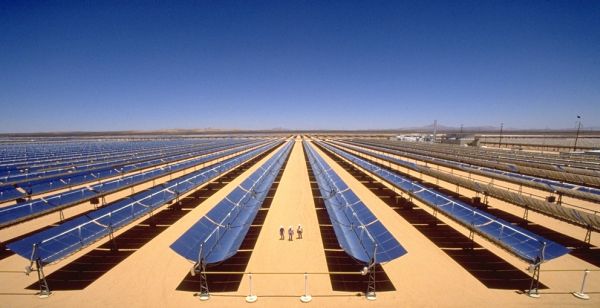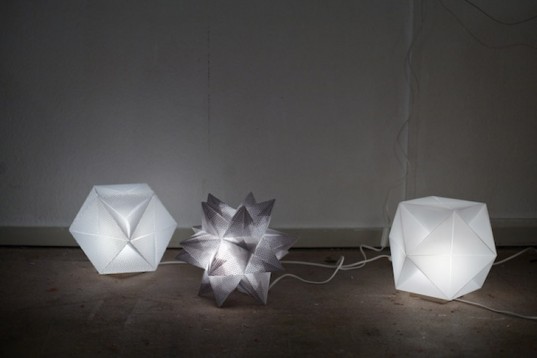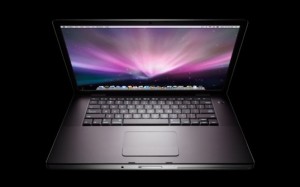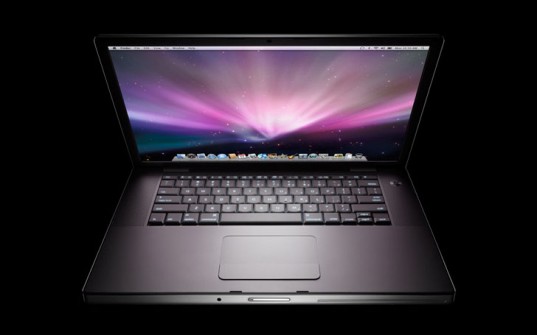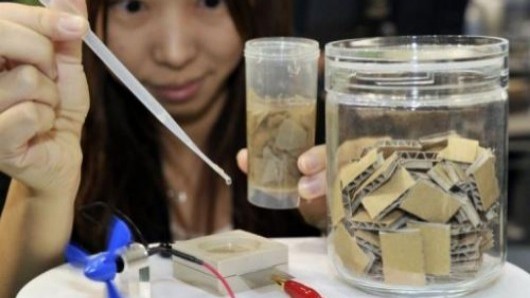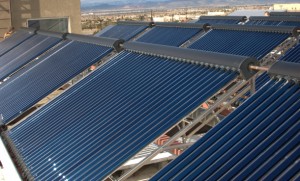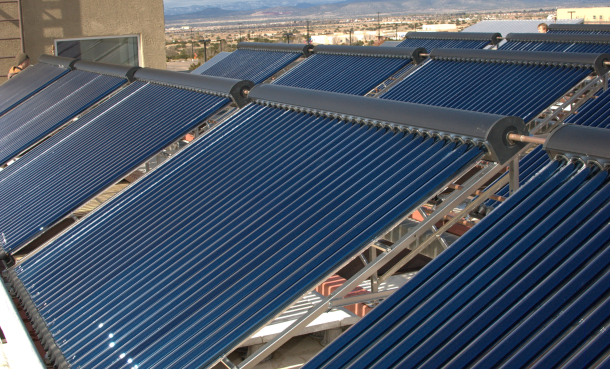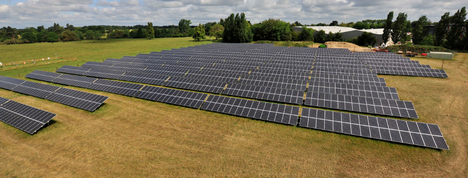
I posted just now on a significant solar project at Palau International Airport, but it was just one of many featured in Cleantechnica’s latest weekly roundup of big solar news. From 200MW in Rajastan to 60MW projects in France and Germany, the future of solar is looking decidedly global if this week’s list is anything to go by. Given all the doom-and-gloom over solar that was spouted in the last few months of 2011, it’s good to see that capacity keeps building and interest keeps building. No wonder Warren Buffet is buying up large solar farms and Google continues its solar surge.
 Follow
Follow

